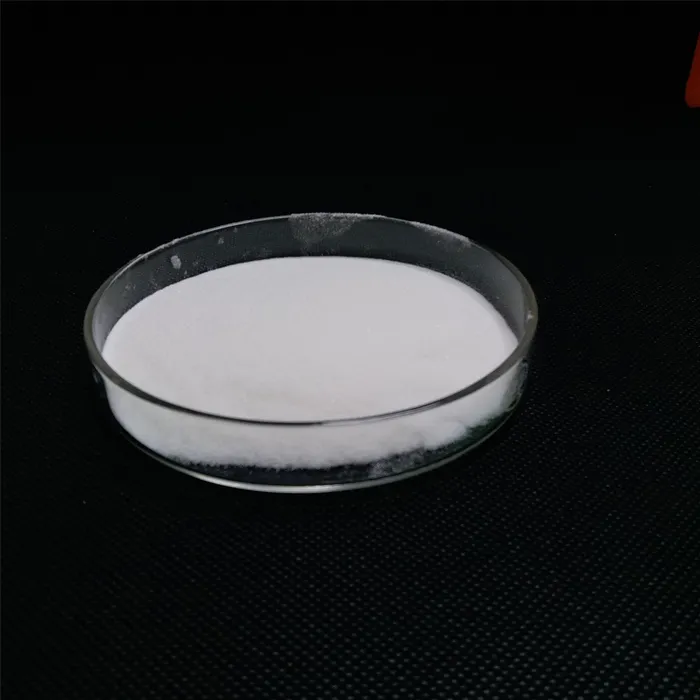The Chemical Profile and Significance of 1-(2-Methoxyphenyl)piperazine
1-(2-Methoxyphenyl)piperazine is a chemical compound that has drawn attention in the fields of medicinal chemistry and pharmacology due to its structural characteristics and biological activities. This compound belongs to the piperazine class, which features a piperazine ring—a six-membered ring containing two nitrogen atoms. The presence of a methoxyphenyl group significantly contributes to the compound's properties and potential applications.
Chemical Structure and Properties
The molecular formula of 1-(2-Methoxyphenyl)piperazine is C11H16N2O. Its structure includes a piperazine ring attached to a 2-methoxyphenyl group. The methoxy functional group (-OCH3) contributes to the lipophilicity of the compound, influencing its solubility and permeability through biological membranes.
The piperazine moiety itself is known for its ability to interact with various neurotransmitter receptors, particularly within the central nervous system (CNS). The unique arrangement of atoms in 1-(2-Methoxyphenyl)piperazine allows for multiple points of interaction with these receptors, which can lead to a variety of pharmacological effects.
Biological Activities
Research suggests that 1-(2-Methoxyphenyl)piperazine exhibits diverse biological activities. It has been studied for its potential as an anxiolytic, antidepressant, and antipsychotic agent. Several studies indicate that compounds containing the piperazine nucleus can interact with serotonin (5-HT) receptors, which are critical in mood regulation and anxiety response.
In preclinical studies, 1-(2-Methoxyphenyl)piperazine demonstrated significant effects on serotonin receptor subtypes, particularly 5-HT1A and 5-HT2A. These interactions have implications for the treatment of mood disorders and anxiety-related conditions. The modulation of these receptors may lead to improved synaptic transmission and better overall emotional regulation.
Moreover, the compound has shown promise in animal models for its ability to reduce depressive symptoms, making it a candidate for further development as a therapeutic agent. Its efficacy and safety profiles warrant detailed investigations through clinical trials, which are crucial for determining its potential as a viable treatment option.
1-(2-methoxyphenyl)piperazine

Synthesis and Derivatives
The synthesis of 1-(2-Methoxyphenyl)piperazine typically involves the reaction of 2-methoxyphenylamine with appropriate piperazine derivatives. The process usually requires careful control of reaction conditions to yield the desired purity and yield. The interest in this compound has also led to the exploration of various derivatives, which may enhance its pharmacological effects or reduce potential side effects.
Interestingly, modifications to the piperazine ring or the phenyl group can lead to new compounds with distinct activity profiles. Such derivatives may have improved interactions with specific receptors or altered pharmacokinetic properties, making them even more significant in therapeutic contexts.
Future Prospects
The growing body of research surrounding 1-(2-Methoxyphenyl)piperazine points towards a future where this compound could play a critical role in the development of new treatment modalities for psychiatric disorders. As the understanding of the underlying mechanisms of depression and anxiety evolves, the demand for innovative therapeutic options increases.
Furthermore, the exploration of analogs and derivatives could open avenues for personalized medicine approaches, where treatments can be tailored based on individual responses to pharmacological agents. The future of such compounds lies in the intersection of chemistry, biology, and technology, aiming to enhance the quality of life for those affected by mental health challenges.
Conclusion
1-(2-Methoxyphenyl)piperazine exemplifies the fascinating relationship between structure and function in medicinal chemistry. Its unique features offer potential therapeutic benefits, and ongoing research is crucial for unlocking its full potential. As scientists continue to unravel the complexities of mental health disorders, compounds like 1-(2-Methoxyphenyl)piperazine are likely to remain at the forefront of innovative drug discovery. The journey from laboratory findings to clinical application is essential in realizing the promise of this compound in modern medicine.

